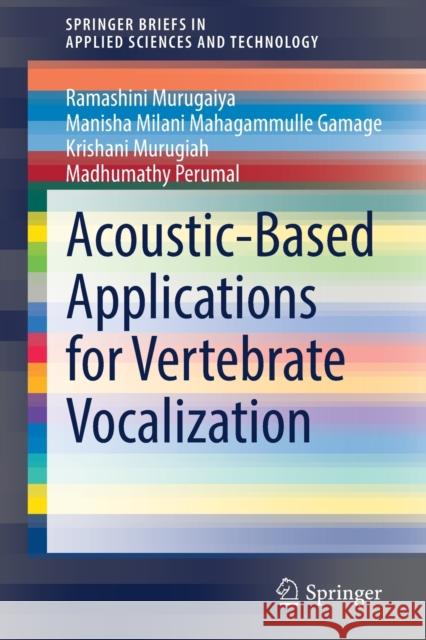Acoustic-Based Applications for Vertebrate Vocalization » książka
topmenu
Acoustic-Based Applications for Vertebrate Vocalization
ISBN-13: 9783030857721 / Angielski / Miękka / 2021
Kategorie:
Kategorie BISAC:
Wydawca:
Springer
Seria wydawnicza:
Język:
Angielski
ISBN-13:
9783030857721
Rok wydania:
2021
Wydanie:
2022
Numer serii:
000457375
Waga:
0.09 kg
Wymiary:
23.11 x 15.24 x 0.25
Oprawa:
Miękka
Wolumenów:
01
Dodatkowe informacje:
Wydanie ilustrowane











